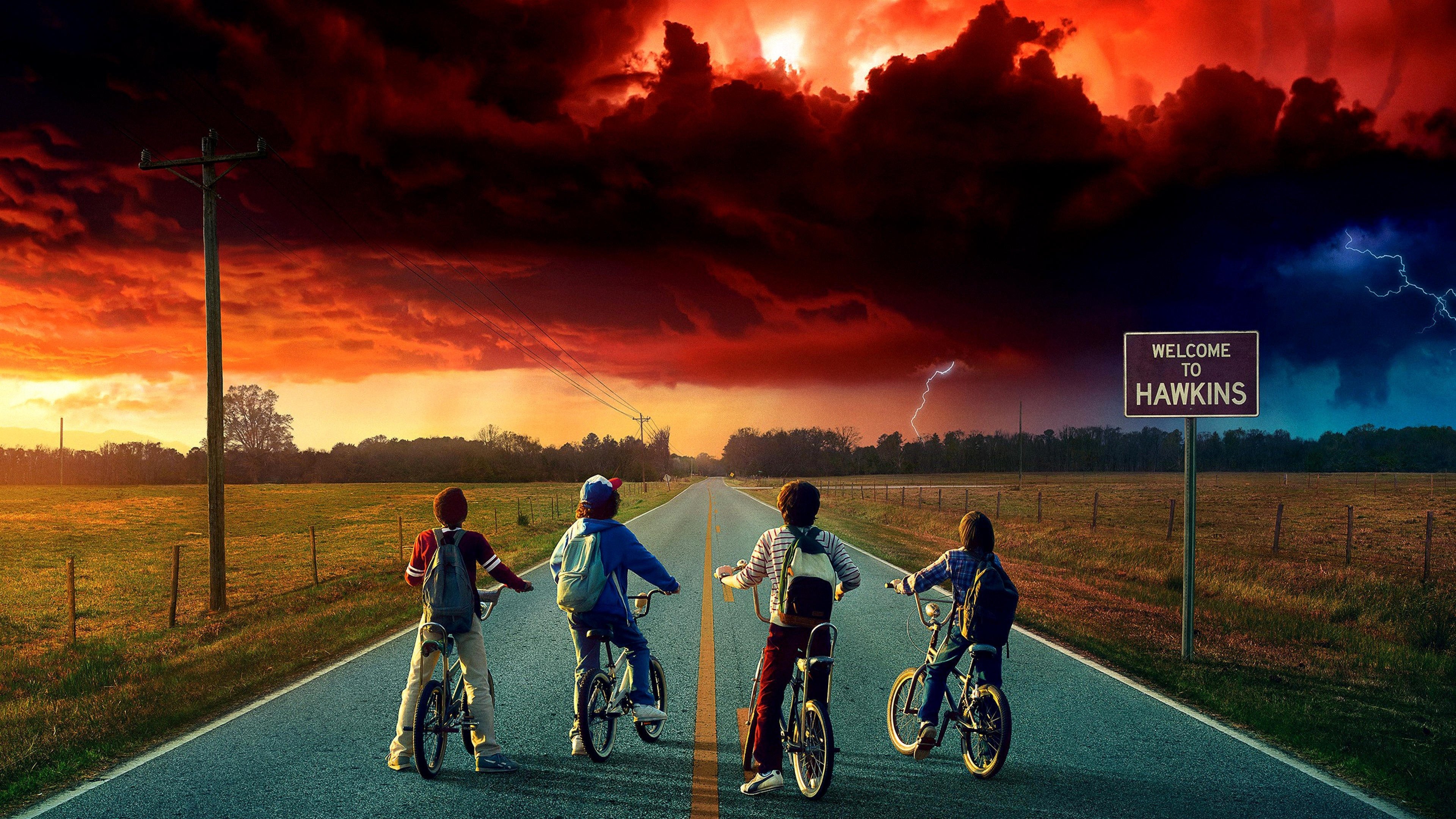Stranger Things: Beyond the Nostalgia, a Deep Dive into Existential Dread
Stranger Things isn't just a nostalgic throwback to 80s sci-fi; it's a surprisingly nuanced exploration of childhood trauma, grief, and the terrifying unknown. While the synthwave soundtrack and retro aesthetics undeniably capture the zeitgeist of a generation, the show’s true strength lies in its complex characters and its unflinching portrayal of existential dread – a thematic depth rarely seen in genre television.
This isn't a recap of the plot. You already know about Eleven, the Demogorgon, and the Upside Down. This is a deeper look at why Stranger Things resonates so deeply, beyond the surface-level appeal of its visual and auditory style.
The Power of Absence: Grief and the Unseen
The absence of a parent, the fear of losing a friend, the desperate search for something lost – these themes are woven into the very fabric of Stranger Things. Will Byers' disappearance isn't just a plot device; it's a catalyst that fractures the lives of those left behind. The show masterfully uses the Upside Down, a literal representation of the unseen horrors lurking beneath the surface of everyday life, as a metaphor for the emotional turmoil experienced by the characters. The constant sense of unease and impending doom isn't just about monsters; it's about the unpredictable nature of grief and loss. Joyce's relentless search for Will transcends the typical "mother rescuing her son" trope; it's a visceral representation of the profound despair and unwavering love that can exist in the face of unimaginable loss.
Childhood Innocence Lost: The Brutality of Growing Up
The children at the heart of Stranger Things aren't simply cute kids navigating a fantastical adventure. They are forced to confront the harsh realities of the adult world – betrayal, violence, and the inescapable weight of responsibility – far too soon. Eleven, stripped of her innocence and subjected to horrific experimentation, embodies this loss of childhood purity. Her journey is one of self-discovery, marred by the trauma she endures, forcing her to grapple with her powers and her identity in a world that constantly threatens to consume her. The show’s unflinching portrayal of this brutal coming-of-age journey elevates it beyond a simple adventure story.
The Upside Down: A Reflection of Internal Turmoil
The Upside Down itself is more than a terrifying alternate dimension; it's a powerful visual representation of the internal struggles faced by the characters. Its decaying, monstrous landscape mirrors the emotional turmoil and fractured psyches of those struggling with grief, trauma, and the anxieties of adolescence. It's a space that reflects the darkness within, a tangible manifestation of their fears and insecurities. This metaphorical depth adds layers of complexity to the narrative, moving beyond a simple "good versus evil" dichotomy.
Beyond the 80s: A Timeless Exploration of Humanity
While the 80s aesthetic is undeniably a crucial element of Stranger Things' charm, it's merely a backdrop for a story that transcends its temporal setting. The core themes of friendship, loyalty, courage, and the enduring power of love remain timeless and resonate with audiences of all generations. The show's success lies not just in its nostalgic appeal but in its exploration of universal human experiences, presented through the lens of a thrilling, imaginative, and ultimately deeply moving narrative. It’s a show that lingers in the mind long after the credits roll, prompting reflection on the complexities of the human condition and the enduring power of hope amidst overwhelming darkness.


